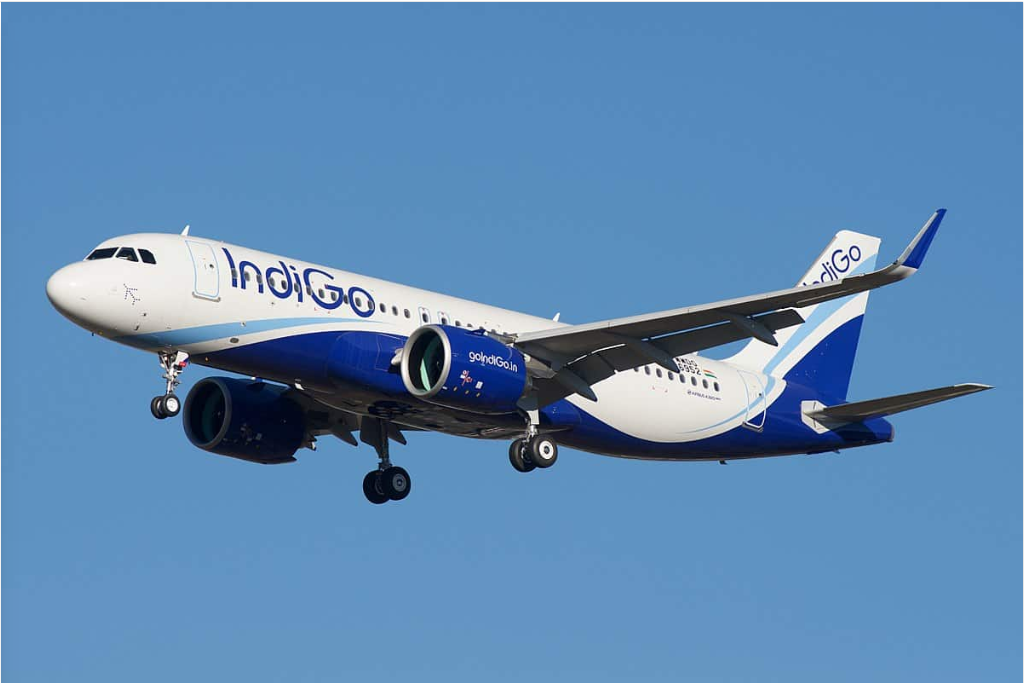United Airlines to buy 200 air taxis from electric aviation startup

New York: United Airlines has announced a $15 million investment in electric aviation startup Eve Air Mobility and will purchase 200 electric aircrafts which can seat four passengers and take off and land vertically like a helicopter.
This marks another significant investment from United in flying taxis — or eVTOLs (electric vertical take-off and landing vehicle) — that have the potential to revolutionise the commuter experience in cities around the world.
United signed purchase agreement for up to 400 eVTOL aircraft from Eve, owned by Brazilian aircraft manufacturer Embraer.
“United is making history again, by becoming the first major airline to publicly invest in two eVTOL companies. Our agreement with Eve highlights our confidence in the urban air mobility market and serves as another important benchmark toward our goal of net zero carbon emissions by 2050 without using traditional offsets,” said Michael Leskinen, President of United Airlines Ventures.
The companies aim to develop small, electric vertical takeoff and landing (eVTOL) aircraft that can fly from rooftop to rooftop in a dense city as a taxi service.
Under the terms of the agreement, the companies intend to work on future projects, including studies on the development, use and application of Eve’s aircraft and the urban air mobility (UAM) ecosystem.
“United’s investment in Eve reinforces the trust in our products and services and strengthens our position in the North American market,” said Andre Stein, co-CEO of Eve.
Through UAV, United has led the industry in investments in eVTOL and electric aircraft, hydrogen fuel cell engines, and sustainable aviation fuel. Last month, United gave a $10 million deposit to a California-based eVTOL company for 100 aircraft.
Rather than relying on traditional combustion engines, eVTOL aircraft are designed to use electric motors, providing carbon-free flights and to be used as ‘air taxis’ in urban markets.
Eve’s design uses conventional fixed wings, rotors and pushers, giving it a practical and intuitive lift-plus-cruise design, which favours safety, efficiency, reliability and certifiability. With a range of 60 miles (100 kms), its vehicle has the potential not only to offer a sustainable commute but also to reduce noise levels by 90 percent compared to current conventional aircraft.







